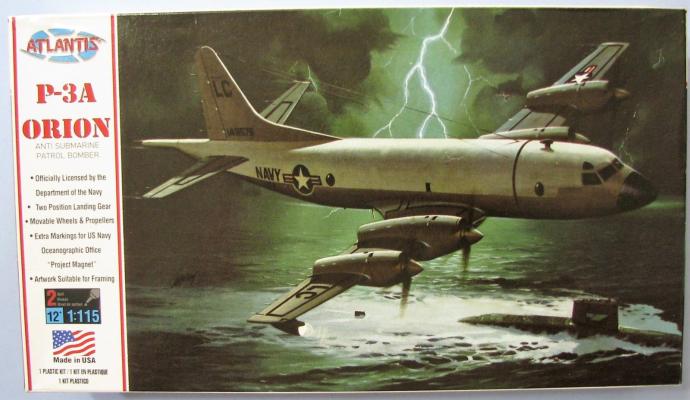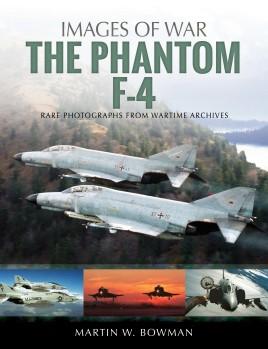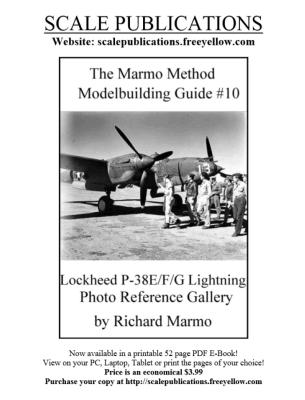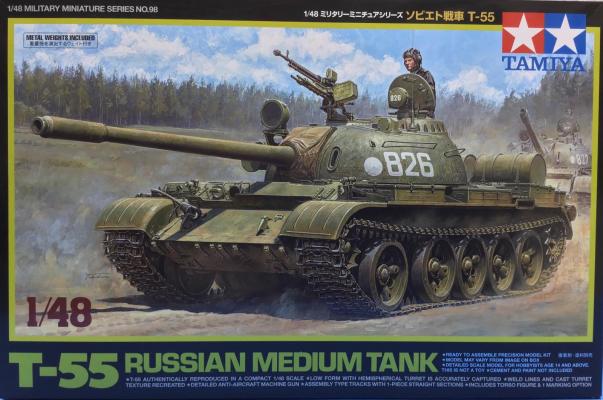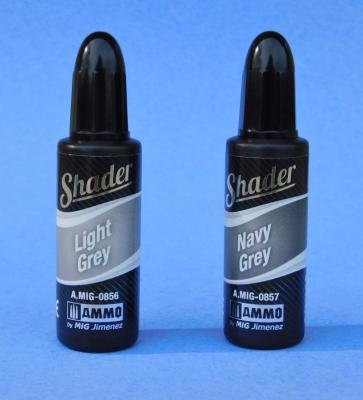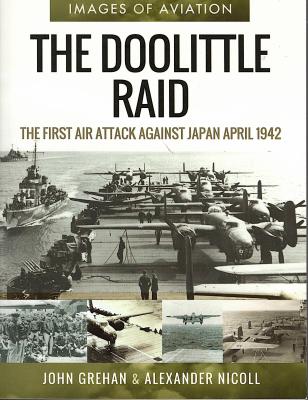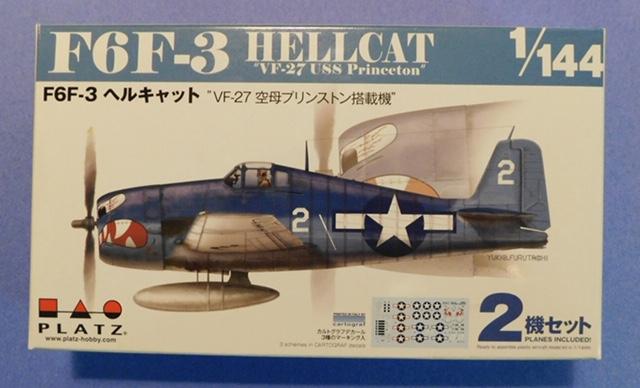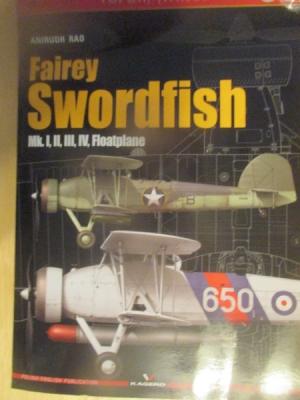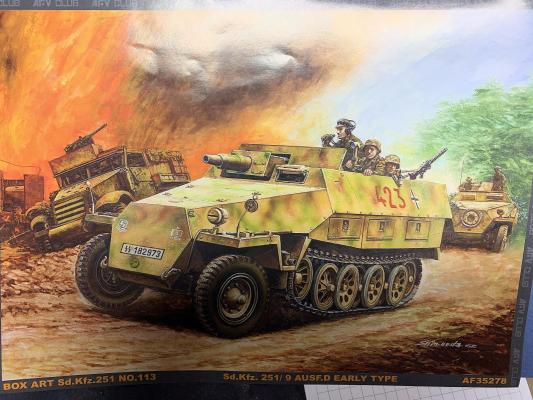History
The P-3 Orion was designed for use by the US Navy as a submarine hunter and replaced the Neptune. The P-3 was nearly twice as fast as the Neptune and its range increased by almost 60% over that of the P2V. The first Orion was delivered to the US Navy Squadron VP-8 in July 1962 and within six months this unit was fully equipped with P-3's. This kit is a reissue of the old Revell kit that was first released in 1965.
What’s in the Box
Upon opening the box you will find a lot of white plastic, 48 pieces, attached to parts of sprues. The detail is raised and there are many rivets, also there is a lot of flash, pin marks and some sink marks to boot. (Face it, some of us that are this old OR OLDER have some of these same issues!) The decal sheet is printed cleanly and in register and you get a 4 page fold out for instructions.

